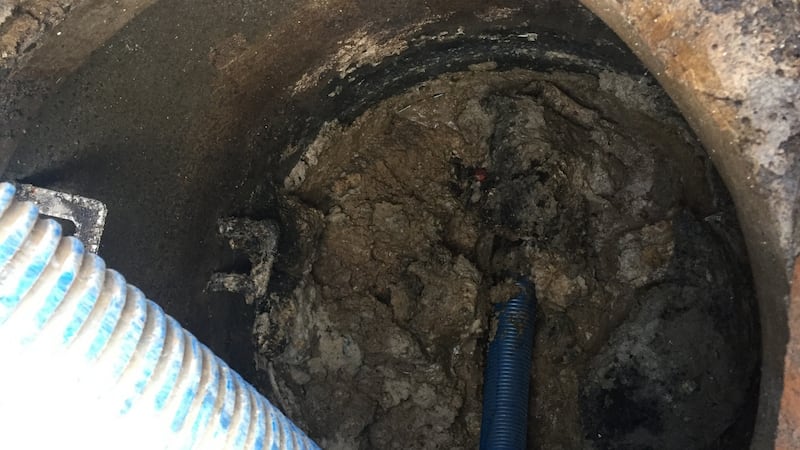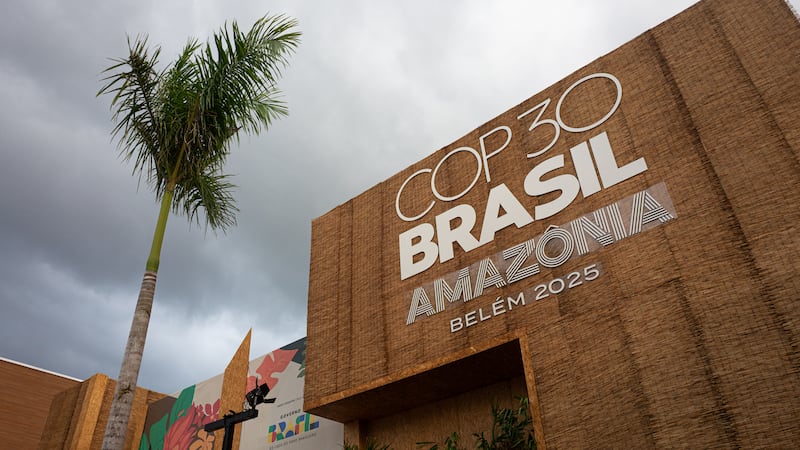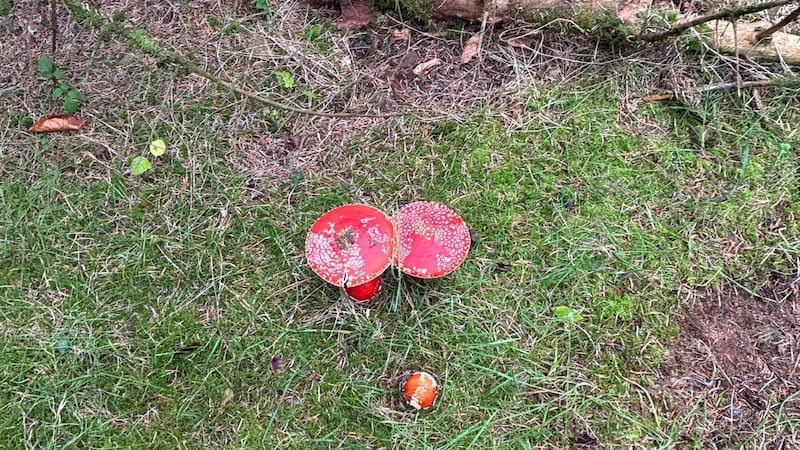Half of wet-wipe brands labelled “flushable” are found to contain harmful plastic microfibres that end up in Irish waters, a new study has found.
The research states that such wipes and sanitary towels are a far greater threat to the environment than previously understood.
One of the researchers suggests people should dispose of such products in their black bins in preference to flushing them down the toilet.
"There is a need for increased public awareness of microplastic pollution in the environment and human behaviour should shift away from . . . disposal of sanitary products down the toilet and instead divert to alternative land-based waste management," said lead researcher Dr Liam Morrison of the Earth and Ocean Sciences and Ryan Institute at NUI Galway.
The study, published in the international journal Water Research, examines the contribution of flushed personal-care textile products to ocean pollution.
It focused on three sites: one adjacent to a wastewater treatment plant near Mutton Island in Galway city; one in Bell Harbour, Co Clare; and another in Bellacragher, Co Mayo.
It uncovered 5,536, 788 and 265 white fibres per kilogramme of sediment at each of the respective sites. At Mutton Island, the study found that 91 per cent of the microplastic waste was likely derived from wipes and sanitary towels.

“Covid-19 may have brought its own challenges for the oceans including the increased use of disinfectant wipes during the pandemic which potentially may end up as microplastic fibres in the sea,” said Dr Morrison. “It is widely known that microplastics can act as vectors for contaminants including bacteria and viruses and are potentially harmful for public health and marine life.”
Visual identification difficult
While most microplastics may be removed by the wastewater treatment process, the researchers said combined sewage overflows associated with heavy rainfall can lead to the release of waste containing wipes and sanitary towels.
They also found that most previous studies are likely to have underestimated the amount of white plastic fibres in the water as filtration processes typically use a white background, making visual identification difficult.
The NUI Galway researchers note that European production of non-woven textiles for hygiene and sanitary products – those that frequently cause blockages in sewage systems – exceeded one million tonnes in 2016 alone.
According to a 2019 Marine Conservation Society study, quantities of wet wipes washing up on beaches in the UK have increased by 400 per cent in the last decade.
Last March, Coastwatch put wet wipes in a separate designated category for its survey of beach pollution. It has found that where other materials such as plastic bottles are continuing to decline, wet wipes have been on the increase.
The environmental organisation also noted that despite being found on more than 12 per cent of Irish beaches, this was likely to be a “significant underestimate” given the difficulty in finding them.













